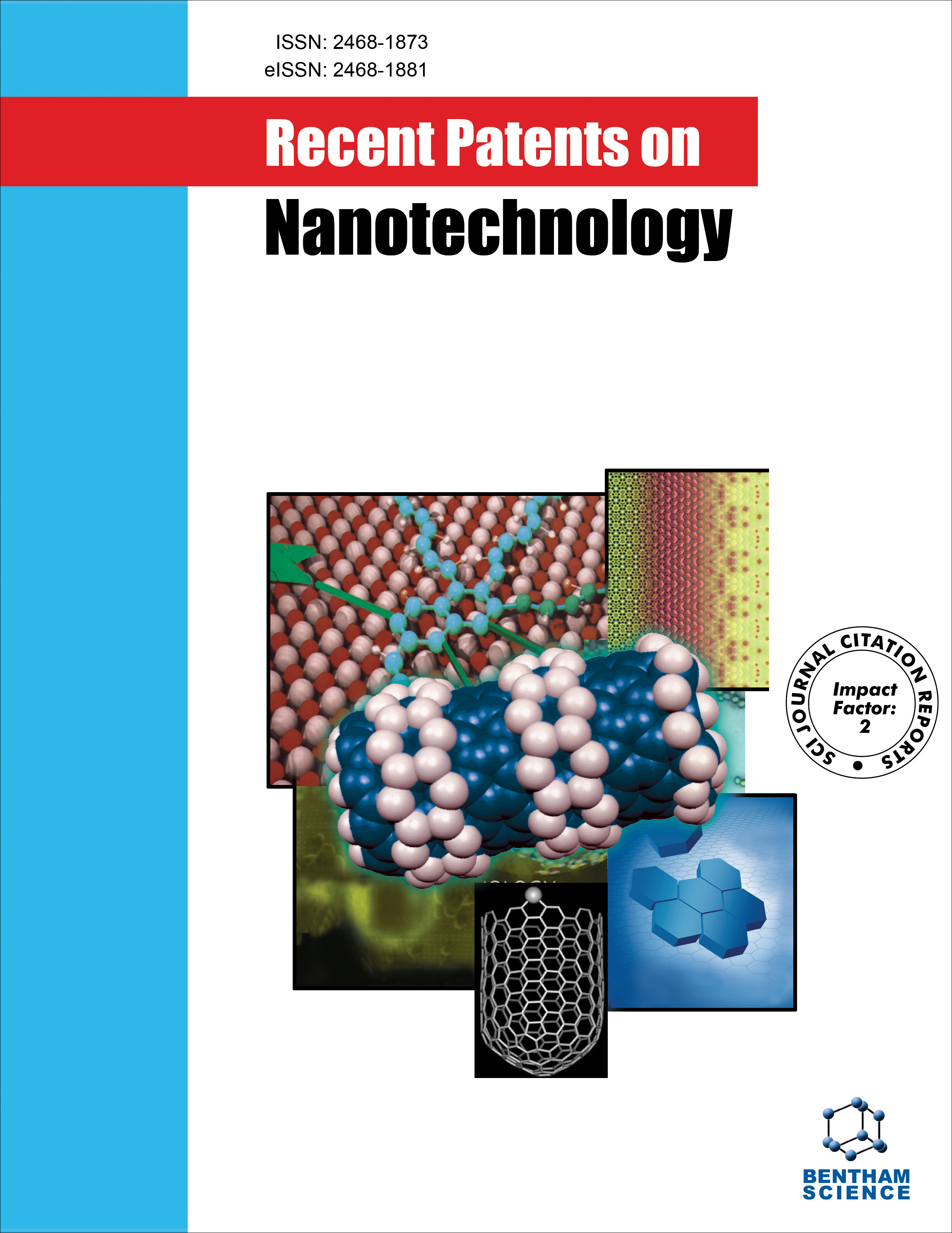
Full text loading...
The importance of early diagnosis of hepatitis B virus infection to treat and follow up this disease has led to many advances in diagnostic techniques and materials. Conventional diagnostic tests are not very useful, especially in the early stages of infection; it is therefore suggested that nanomaterials can enhance them by changing and strengthening their performance for a more accurate and rapid diagnosis. Electrochemical immunosensors with unique features such as miniaturization, low cost, specificity and simplicity have become a suitable and vital tool in the rapid diagnosis of hepatitis B since the patent. Different strategies have been presented, such as graphene oxide and gold nanorods (GO-GNRs), graphene oxide (GO), copper metal–organic framework/ electrochemically reduced graphene oxide (Cu-MOF/ErGO) composite, Label-free graphene oxide/Fe3O4/Prussian Blue (GO/Fe3O4/PB) immunosensor, and graphene oxide–ferrocene-CS/Au (GO-Fc-CS/Au) nanoparticle layered electrochemical immunosensor. In this review, we discuss a group of the most widely used nanostructures, such as graphene and carbon nanotubes, which are used to develop electrochemical immunosensors for the early diagnosis of the hepatitis B virus.

Article metrics loading...

Full text loading...
References


Data & Media loading...

